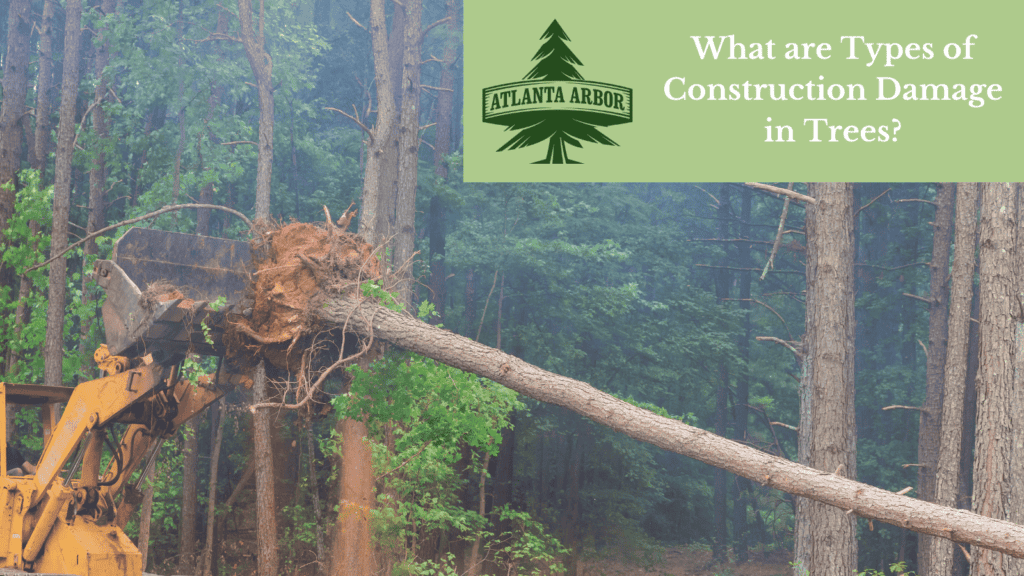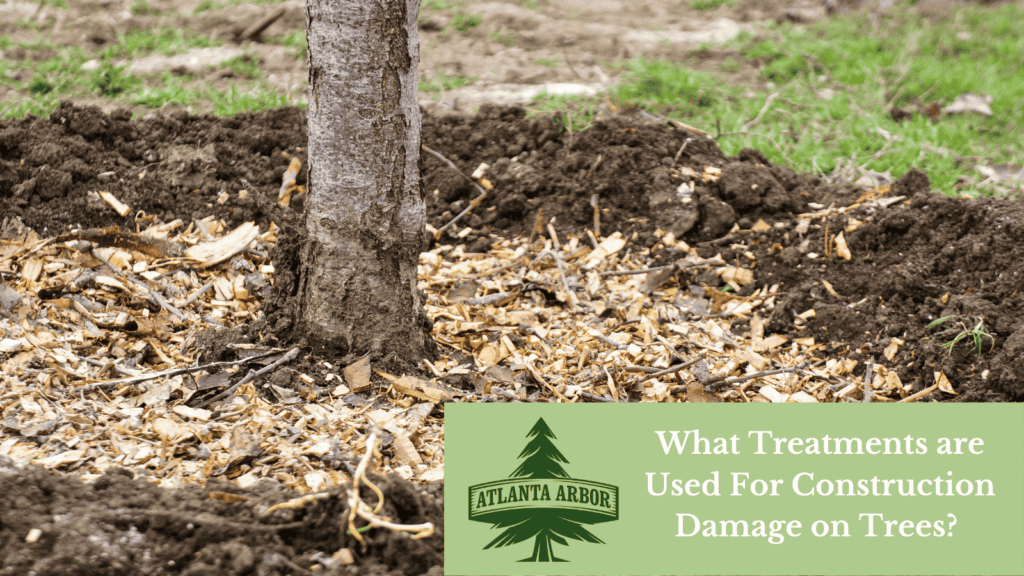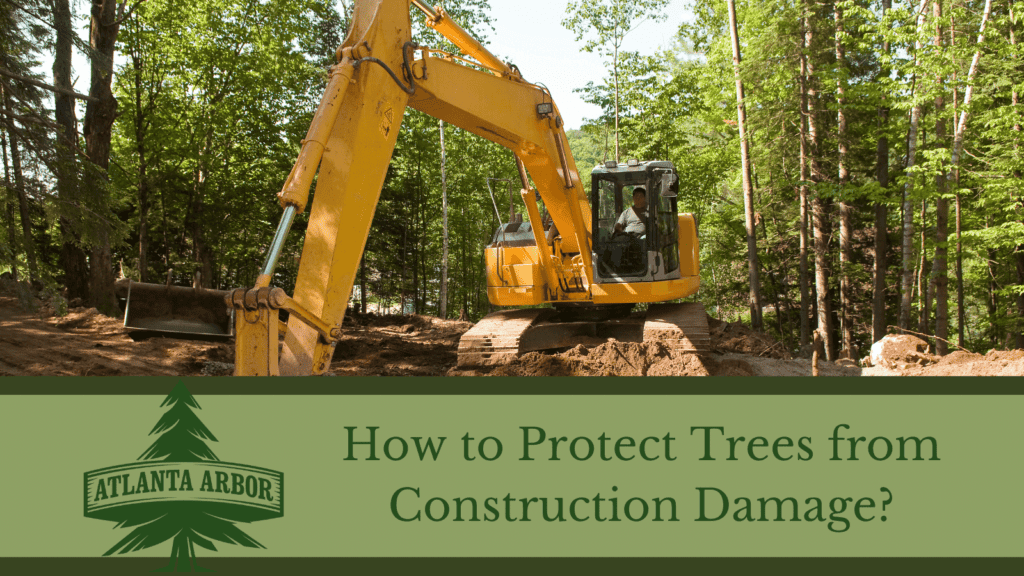Construction projects can bring about significant changes to the landscape, and often, the impact on trees is underestimated. Trees are valuable assets to our environment, providing shade, oxygen, and enhancing the beauty of our surroundings. Unfortunately, construction activities can pose potential hazards to trees, especially their delicate root systems. This damage can lead to a decline in tree health, and in severe cases, result in the death of the tree.
The intersection of construction and nature calls for a thoughtful approach to protect these valuable assets. Integrating tree protection into construction planning is not just about preserving natural beauty; it’s about committing to sustainable development and environmental stewardship. Recognizing the significance of trees and taking steps to safeguard them during construction is key to maintaining the delicate balance of our urban ecosystems. This approach ensures that development can progress without compromising the health and vitality of the trees that enrich our landscapes.

What are Types of Construction Damage in Trees?
Construction activities can inflict various forms of damage on trees, each with its own set of symptoms and long-term effects. Here’s a rundown of the common types of damage trees may suffer during construction projects:
Soil Compaction: Construction equipment and heavy machinery can lead to soil compaction, restricting the flow of air, water, and nutrients to tree roots. In just one pass of a piece of heavy equipment during construction, as much as 90% of soil compaction can be inflicted on the delicate root systems of trees, significantly hindering their ability to absorb essential nutrients and water. Compacted soil is a common issue that hinders root development and can result in long-term damage to the tree.
Root Damage: Excavation and trenching during construction can harm tree roots, affecting the tree’s stability and overall health. Severed or damaged roots can lead to a decline in the tree’s vitality and make it susceptible to diseases and pests.
Changes in Grade: Alterations in the grade or level off the ground around a tree can disrupt its root system. Sudden changes in elevation may expose roots, making them vulnerable to injuries and infections.
What are Ways to Protect Your Trees From Construction Damage?
To safeguard your trees from the hazards of construction activities, it’s crucial to implement effective strategies. Here are some key ways to mitigate the impact of construction damage on trees:
Tree Protection Zones (TPZ): Establishing Tree Protection Zones around valuable trees before construction begins is crucial. These zones create a barrier to shield the root systems from heavy machinery and construction activities.
Mulching: Mulching around trees helps retain soil moisture, regulate temperature, and reduce soil compaction. A certified arborist can provide expert services to protect the root zone of trees.
Soil Fracturing: Soil fracturing is an effective method to alleviate compaction and improve soil aeration. Atlanta Arbor utilizes advanced soil fracturing techniques to enhance the health of the soil around trees impacted by construction.
How Much Area Around a Tree Should be Protected During a Construction Event?
When protecting trees during construction, the Tree Protection Zone (TPZ) is crucial. A basic guideline is to protect an area with a radius of at least 1 foot for every inch of the tree’s diameter at breast height (DBH). So, a tree with a 12-inch DBH should have a TPZ of at least 12 feet radius. Keep in mind, this is a general rule and the actual needed protection area can vary with the tree’s species, age, and health. For precise requirements, it’s best to consult with a professional arborist.

What Treatments are Used For Construction Damage on Trees?
When trees suffer damage from construction activities, several treatments and interventions can be used to aid their recovery and ensure their health is maintained. Remember it is always best to set up a consultation with a certified arborist. Here are some common treatments:
- Pruning: To remove broken, damaged, or diseased branches that can result from construction activities. Pruning should be done carefully to avoid further stress to the tree.
- Soil Testing: conduct thorough soil tests to assess the health of the soil and identify any deficiencies. This allows for tailored treatment plans to address specific needs.
- Fracturing Services: Using state-of-the-art equipment, an arborist performs soil fracturing to break up compacted soil while at the same time amending the soil with an organic mixture of nutrient rich manure, promoting better water and air circulation to the roots while providing sustenance to the tree.
- Mulching Services: hire professional mulching services to provide a protective layer around tree bases, preventing soil erosion and retaining moisture.
- Fertilization: Appropriate fertilization can help a stressed tree recover, but it should be done based on a soil test and not immediately after the injury, as it can promote growth at a time when the tree is trying to heal.
- Wound Dressing: In general, tree wounds should be left to heal naturally. However, in certain cases, an arborist might recommend specific treatments to protect the wound from pathogens.
- Monitoring and Preventive Care: Regular monitoring for signs of stress or disease and preventive care, including pest and disease management, are important post-construction.
- Root Treatments: If roots have been damaged, treatments might include trimming damaged roots or applying root growth stimulants, under the guidance of an arborist.
- Cabling and Bracing: For trees with structural damage or weakened limbs, cabling and bracing may be necessary to provide physical support.
Create a Plant Health Care Program
A comprehensive Plant Health Care Program is designed to support trees in stressful conditions. These programs include regular inspections, pest and disease management, fertilization to give the trees a boost of energy, growth inhibitors so that the trees can focus on recovery overgrowth, and proactive measures through pruning and other methods tailored to each property to ensure the overall well-being of your trees.
Preserving the health of trees during construction requires proactive measures and the expertise of certified arborists, or tree care professionals. Mitigating the impact of construction on trees through protective measures, soil treatments, and comprehensive plant health care programs is imperative to ensure that our urban environment remains green, vibrant, and sustainable for generations to come.
